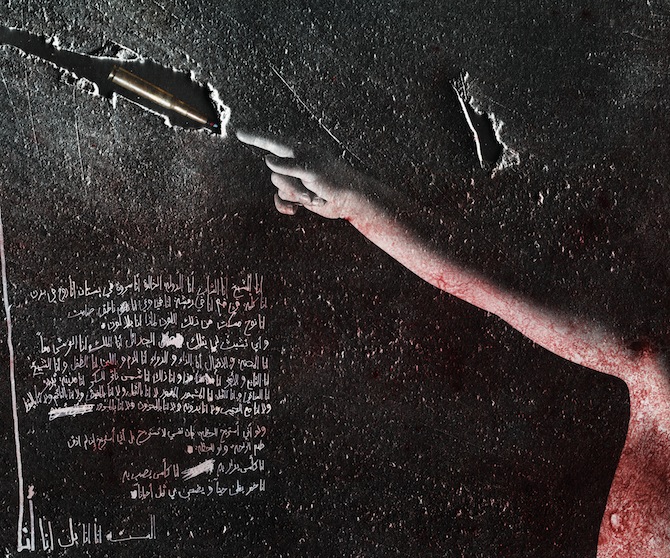
© Khaled Akil
Mine Kaplangi: Khaled, you are a Syrian artist who lives in Istanbul – how do you experience the contemporary art scene here?
Khaled Akil: After living almost two years in Istanbul, I cannot claim that I have seen all the contemporary art scene in turkey. From what I have seen it is still fresh in its beginning and it is kind of immature, many art mistakes are happening, and the audience cannot differ contemporary art from decorative art yet. But I believe this is not important right now – the most crucial thing is to keep this “into the arts” atmosphere and to keep presenting art, because as I said – it is just the beginning.
Mine: I have never seen a technique like yours, could you explain how you create these photographs that look like paintings?
Khaled: The technique is a mixture between photography, painting and Arabic calligraphy. Taking the picture is only the beginning of the long procedure. After the picture is taken, I digitally install layers on top of it, sometimes I print the photo, work on it and then photograph or scan it again – repeating the process until I get the final result, which gives me the right feeling. Sometimes I work on each layer separately. The final result is digital – I consider my scanners, camera and computer as tools or let’s say, as my ‘dark room’. I have customized my scanner to create the result I am looking for, which is why I often use different ones. I discovered this technique after my exhibition “The Unmentioned”, where I scanned the calligraphy from old manuscripts and photographed the textures.
Up from the last exhibition “The legend of death” I felt like creating everything from the start, so I started to paint and create the textures and layers all by myself. People often get confused when they see my artworks – I often notice that in my exhibitions. Most of them think it is paintings they see. The majority tried to touch the artwork, to see whether it really is photography or painting. Observing that gives me the final result I am looking for.
Up from the last exhibition “The legend of death” I felt like creating everything from the start, so I started to paint and create the textures and layers all by myself. People often get confused when they see my artworks – I often notice that in my exhibitions. Most of them think it is paintings they see. The majority tried to touch the artwork, to see whether it really is photography or painting. Observing that gives me the final result I am looking for.
Mine: Are you planning to continue using this technique for the future projects?
Khaled: Technique is a bridge to get the idea of an artist into an artwork. Since it is a bridge or a tool, it has no limit and it is definitely variable according to the ideas of the artist.
Mine: Your concepts are always very historical, mythological and yet political, but the way you express these concepts is quite contemporary. What do you want to tell people with your photographs?
Khaled: I want to show people through my art exactly what I feel, think and believe in. By saying ‘exactly’ I mean telling the truth and nothing but the truth. No matter how harsh it can be sometimes, no matter if a lot of people might disagree with me, still the most important thing in doing art is to tell the truth. The historical, mythological and political concept is a vital part of what I and we all live in the Middle East – this region has been in a consistent struggle for ages. Being aware of our history is the only way to understand the present and work for better future.
Mine: I remember one of your works, in which you took a photograph of a red hair woman. That work seemed different than your other series, could you explain that work and why you made it?
Khaled: “Pigeon of Death” is a single artwork, I made it as a contribution in a mixing-Fashion-with-Art exhibition during Istanbul Fashion Week. It was a great chance for me to show what was and still is sadly still happening in my country in a contemporary concept and in an unexpected place and subject. The woman in “Pigeon of Death” represents Syria, she feels cold and afraid – her soul is leaving her body and flying away to a better place. Many Syrians escape the country on a daily basis – this is what it represents. Unfortunately, the opening turned to a cocktail party, so no one asked or was interested in the meaning of the artwork. This is one of the things I don’t like about the art scene in Istanbul.
Mine: Would you say that what is happening in Syria is changing your art?
Khaled: What happens in Syria changed all of us. Of course, the first thing that kills us from inside is knowing all these people who are getting killed since 3 years. But people are not yet aware about the long-term effect that the brutality of war has on those people who survived it. Having family and friends in a war zone, having lost some of them there, having personally experienced the horror and the inhumanity in the exact same place, force you to look at life and its details in a different way. They say "Scars have the strange power to remind us that our past is real" – I cannot really imagine how I should personally forget or forgive one day. I have not only lost friends and family members – me and every other Syrian, we have lost our country. At least, we know that Syria will never be the same again.
Mine: Do you think contemporary art should be provocative?
Khaled: Art should be provocative in the meaning of an idea. It should give something positive or negative, or even an act in order to change or avoid an idea. I don’t think it should be provocative for the sake of provocation. It should be the result of a strong idea along with strong technique – even if it is provocative.
Mine: Which artists inspire you?
Khaled: Youssef Akil, Joel-Peter Witkin and Francisco Goya.
-> khaledakil.com
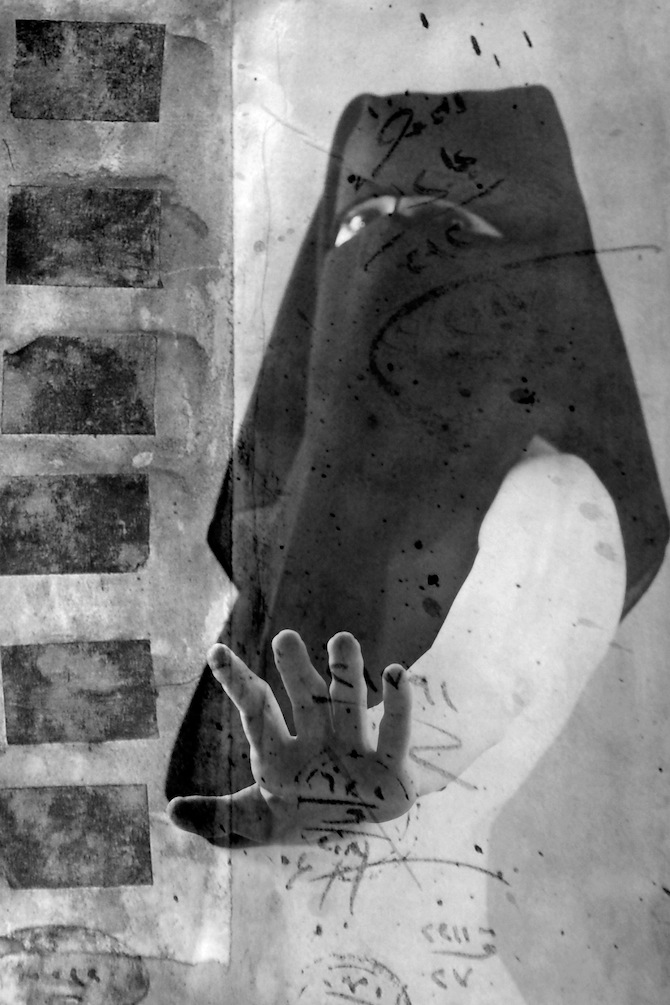

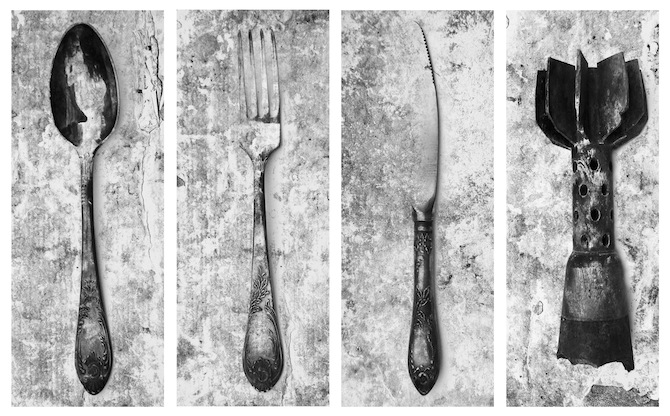
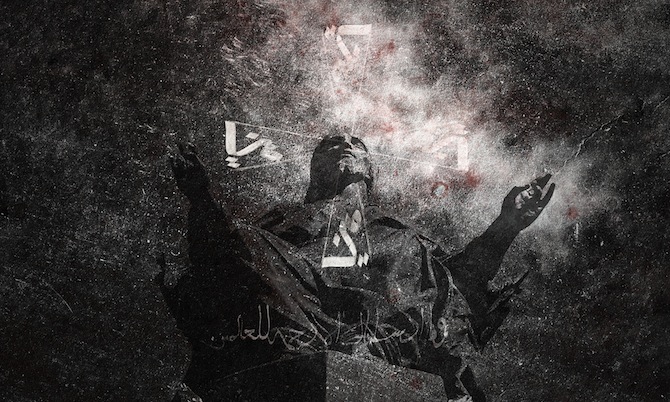
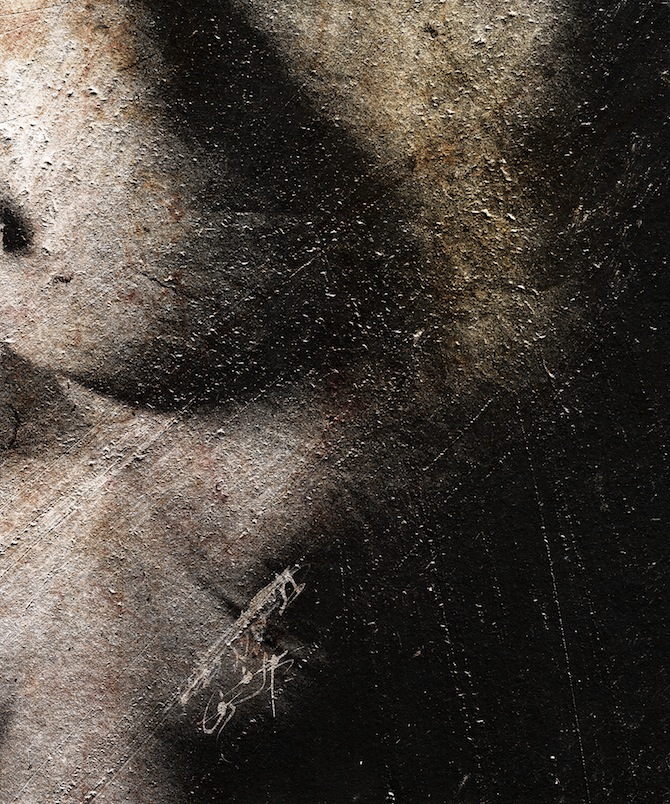
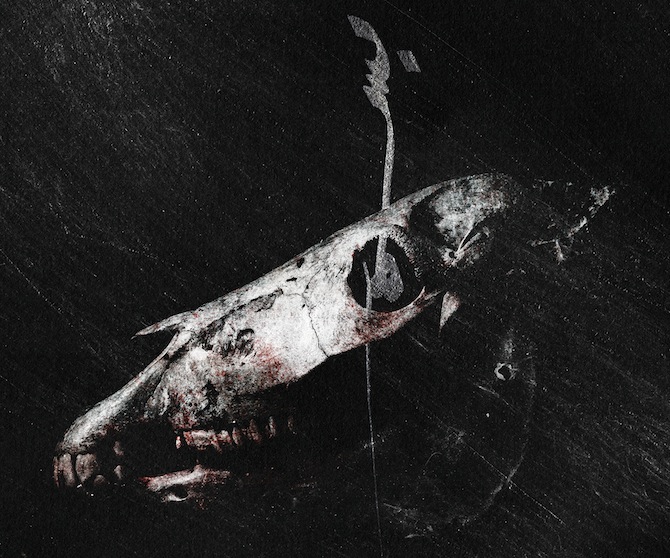


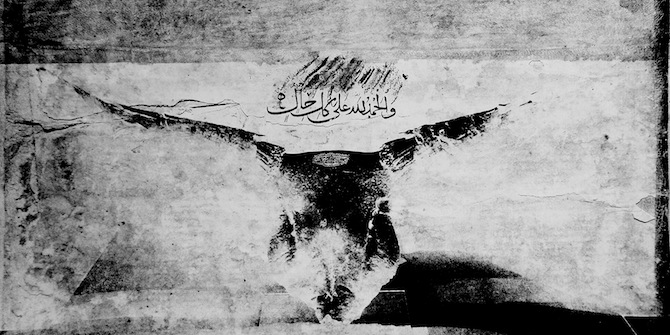 all works © Khaled Akil
all works © Khaled Akil